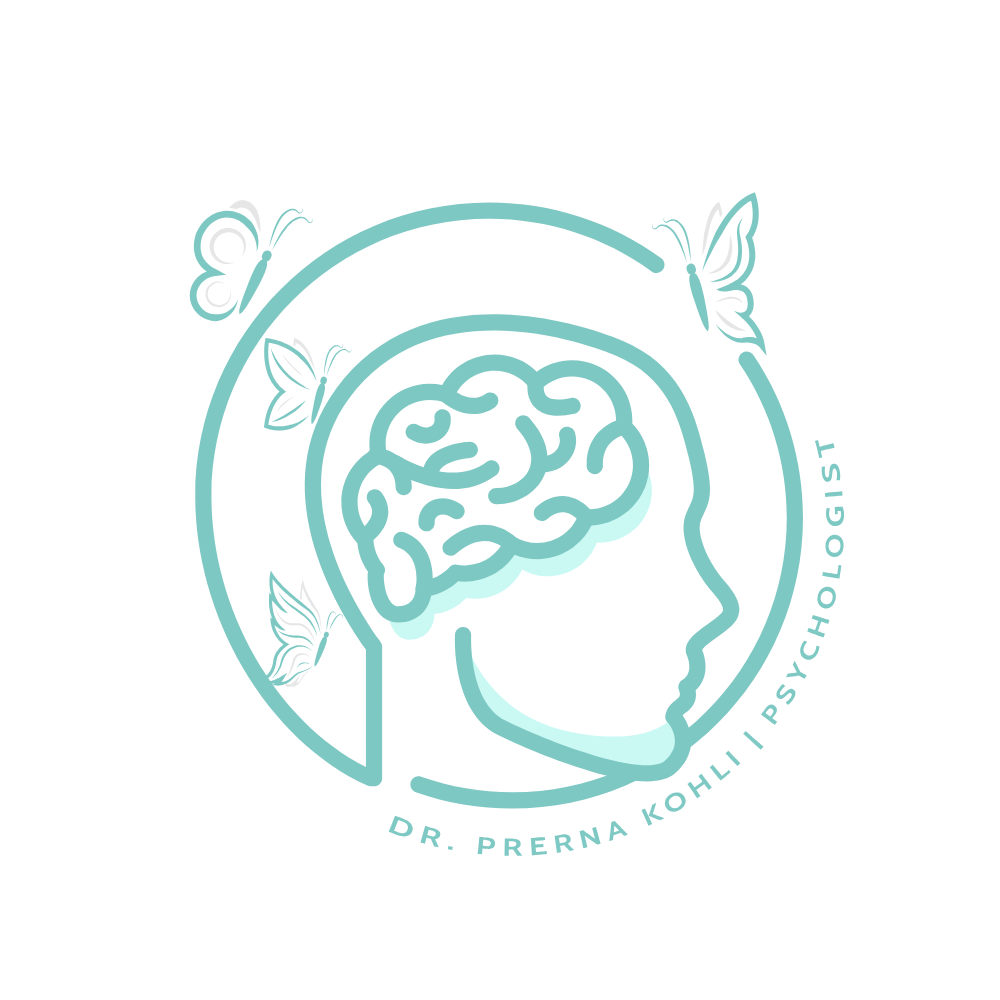Noticing the symptoms for the seasonal affective disorder before it goes on to become a full-blown problem is proven to be of great assistance. A few ‘Do-It-Yourself’ or self-help strategies mentioned below can be used as preventive measures or a helping hand when dealing with seasonal affective disorder.
Get as much sunlight as possible
One of the reasons people develop SAD in winters is because of of the lack of light. Lack of light causes an imbalance in our biological clock and reduce serotonin and melatonin levels, which regulate our mood and sleep. Getting ample sunlight helps absorb vitamin D, which helps boost energy levels and improve your mood.
- Take a short walk outside or sit outside and try sunbathing.
- Increase the amount of natural sunlight in your house and offices by opening the drapes and sitting near the windows.
Exercise
Regular exercise promotes the production of serotonin, endorphins, and hormones that boost the mood. Consistent exercise is as effective as antidepressant medications. Exercise also tires the body out and helps improve sleep quality and boost self-esteem. An exercise that is continuous and rhythmic is beneficial for SAD. Activities like walking, jogging, swimming, and dance.

Eat the right foods
While one of the symptoms of seasonal affective depression is craving for carbs. It is vital to eat the right food which will help the body stay motivated and stabilize mood swings. Intake of food with simple carbs should be avoided, rather eating complex carbs (like- bananas, brown rice, oatmeal, whole grain bread) is a better choice. Also, foods rich in omega-3 fats can improve your mood and work effectively.
Eating well-balanced meals with lots of fresh fruits and vegetables throughout the day in small portions will help in keeping up the energy levels. It also helps stabilize the mood swings.
Reach out to family and friends
Another symptom of SAD is social withdrawal and close relationships help reduce isolation. Staying alone might feel more comfortable but being around other people will improve your mood. Some ways you can connect with others are: calling or meeting a friend, having meals together with family, joining a support group for depression, volunteering.

Manage your stress
Excess stress can lead to depressive symptoms. Figuring out where and why you feel stressed and dealing with them can subsequently reduce depressive symptoms. Practicing techniques like breathing relaxation, progressive muscle relaxation, meditation, and yoga can help manage stress.
Also having a positive attitude and thinking can drastically change the perception of the situation as extremely stressful.
To learn more about Dr Prerna Kohli click here
All images courtesy Pixabay
Also read Seasonal affective depression

